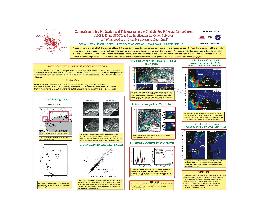Improvements in the estimates of ice thickness and production in the Chukchi Sea polynyas derived from AMSR-E
Geophysical Research Letters, Vol.32, L05505, doi:10.1029/2004GL022013, 2005
ABSTRACT For January-March 2003, we use 12.5-km resolution Advanced Microwave Scanning Radiometer (AMSR) data for the first time in a comparison with Synthetic Aperture Radar (SAR) and Special Sensor Microwave/Imager (SSM/I) data to study two Chukchi coast polynyas, one consisting of many, the other of only a few 25-km SSM/I pixels. Within these polynyas, the ice thicknesses are derived separately from the SMM/I 37-GHz and AMSR 36-GHz channels; the heat fluxes are derived by combining thicknesses with meteorological data. Comparison with ScanSAR data shows that for the large polynya, because AMSR provides better resolution of the surrounding coastline and first-year ice, the AMSR heat losses are greater than the SSM/I; for the small polynya, AMSR measures its variability even when its area is of the order of a single SSM/I pixel. This means that AMSR permits more accurate calculation of polynya heat losses, yielding the potential of improved estimates of Arctic polynya productivity.
 AGU poster
AGU poster